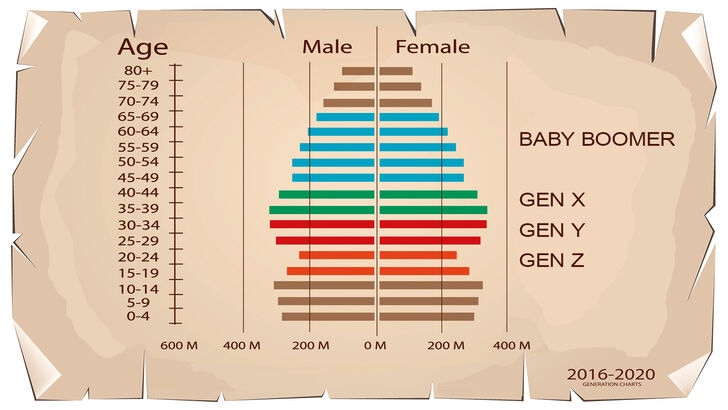“Value, Value, Value! Demonstrate incremental value”. Clarion call is loud and clear.
One of the first things most transforming organisations develop are new agile processes that help them focus on the most valuable things to do.
More often than not, it will be called a variant of ‘Digital Recommendation Board’. Folks from functional silos collaborate to consider value, estimate costs, weigh risks etc to ‘recommend’ portfolio epics that await decision by a Senior Executive / Board member.
Feel / sound familiar? It is possibly because the process has enough familiarity to current ways of working (/culture) for Portfolio managers (now rebadged as Product Managers in new Org) allowing actual control to be held centrally (/hierarchically.. as before) while introducing elements that appear to be devolved decision making and inclusivity.
Continue reading “What do Product Managers joining a transforming organisation see?” »











